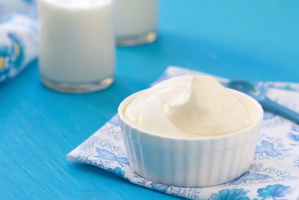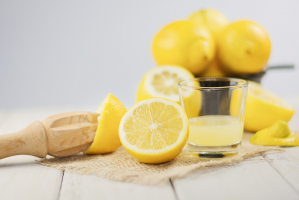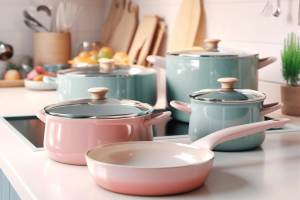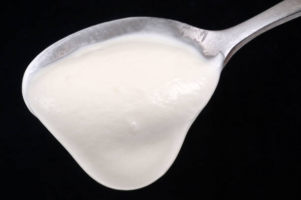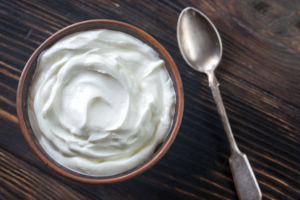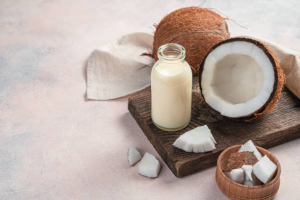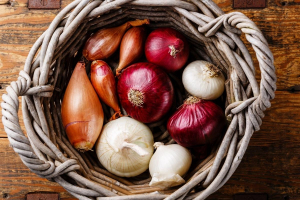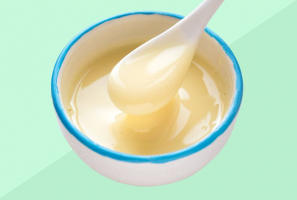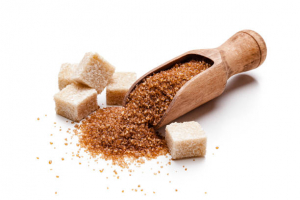Top 10 Best Non-Alcoholic Substitutes for Wine in Cooking
A popular alcoholic beverage called wine is made from fermented grape juice. Wines, both red and white, are frequently used in cooking. Many recipes include ... read more...them to add taste and color. Wine is also frequently used in cooking to provide moisture, soften the meat, or deglaze a pan. There are numerous non-alcoholic replacements you can use in cooking that will make your dish just as great if you don't have wine on hand or if you prefer not to consume alcohol. Continue reading to find out some of the Non-Alcoholic Substitutes for Wine in Cooking!
-
A fermented, acidic liquid called vinegar is frequently used in cooking. In addition to ingredients from wine, which is usually used to make vinegar, it consists mainly of acetic acid, water, and other ingredients. Additionally, rice, malt, coconut water, and apple cider can all be used to make vinegar.
Vinegar made from red or white wine works well in place of wine in recipes. They have characteristics that are comparable to those of wine, and the vinegar won't significantly alter the dish's flavor. In general, liquid-based dishes like marinades and salad dressings benefit from the use of wine vinegar. While white wine vinegar works well with less hearty recipes like those with chicken and fish, red wine vinegar works well with dishes that include beef, pork, and vegetables. It is advised to dilute wine vinegar before using it in recipes because it is less acidic than regular wine. For example, you may do this by mixing water and wine vinegar in a 1:1 ratio. It's important to remember that alcohol may be found in vinegar in very small amounts, however, it mostly disappears during the fermentation process. Cooking also reduces the alcohol content. If you must limit your intake of alcohol, you could want to stay away from wine vinegar.
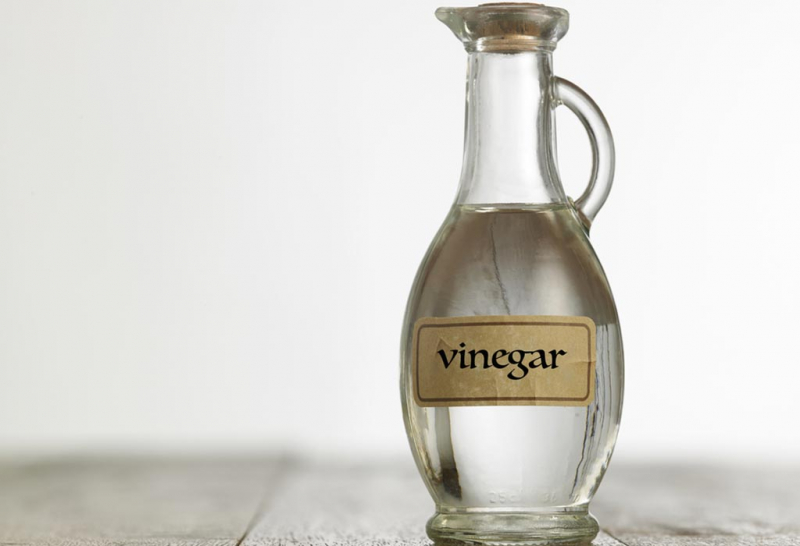
Red and White Wine Vinegar 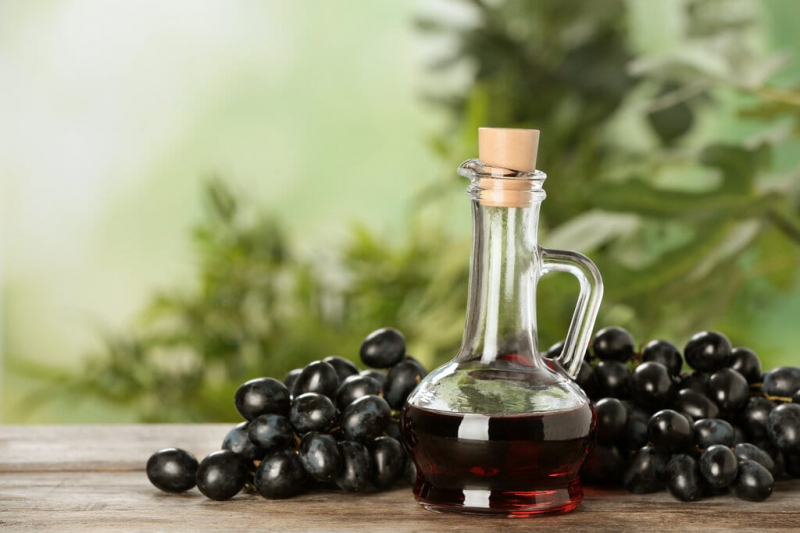
Red and White Wine Vinegar -
Pomegranate juice has a flavorful, fruity taste. Pomegranate juice is also slightly acidic and increases the flavor of dishes. It may be used in place of red wine in cooking due to its similar flavor, aroma, and acidity.
Pomegranate juice has a stronger flavor when combined with vinegar since it has a lower acidity than red wine. Pomegranate juice goes well with many different types of foods. It works well when added to sauces and salad dressings, as well as when used as a vegetable glaze. Pomegranate juice not only improves the flavor of dishes but also could have some health benefits. It is high in antioxidants and has been studied for its ability to decrease blood pressure, a common risk factor for heart disease.
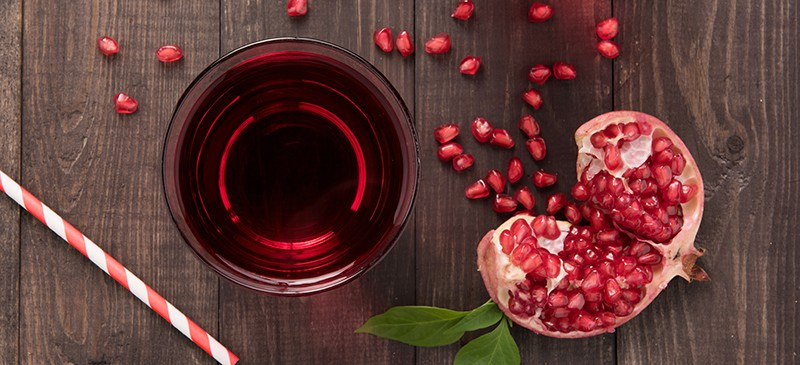
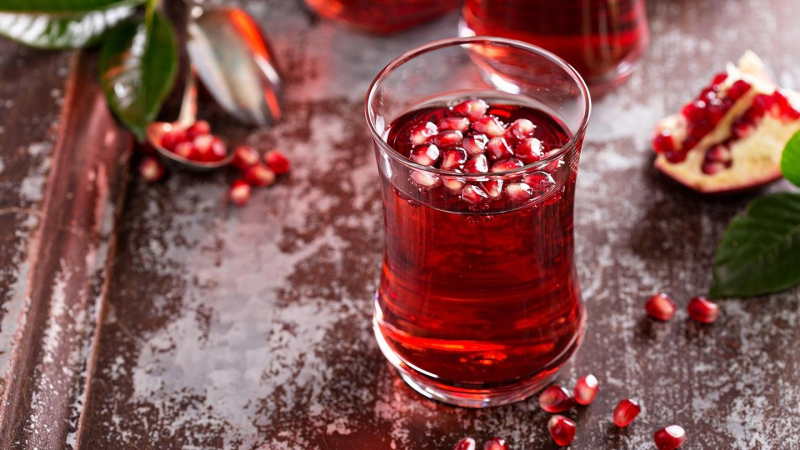
-
Due to its comparable color, rich flavor, and acidity as red wine, cranberry juice is a tart beverage that makes a great red wine replacement. Almost any recipe's flavor is increased by it.
Similar to pomegranate juice, you may use 1:1 cranberry juice for red wine in recipes. It is advised to choose cranberry juice that has no added sugar because the fruit is naturally sweet. If not, the dish can taste a bit sweeter than you intended. A spoonful or two of vinegar can also be added to cranberry juice to lessen its sweetness before using it in dishes. Additionally, cranberry juice could be healthy in some ways. It has been researched for its potential to lessen the frequency of urinary tract infections and is also high in antioxidants that fight inflammation-related diseases.
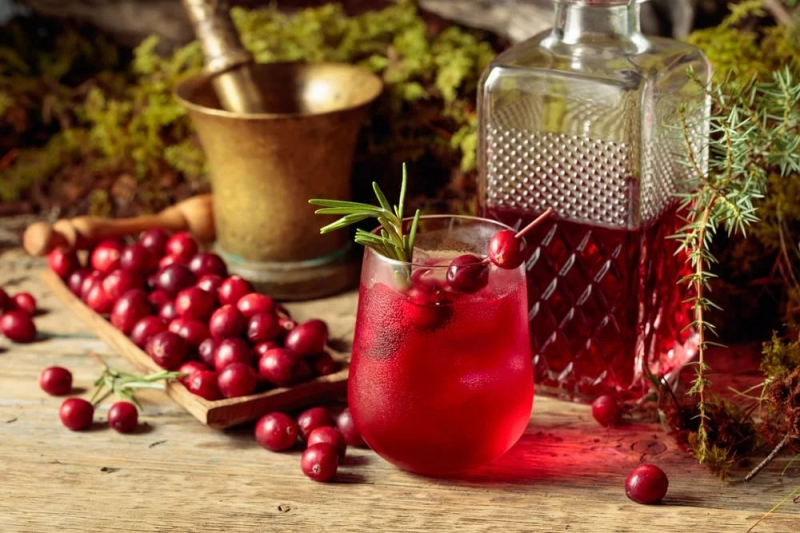
Cranberry Juice 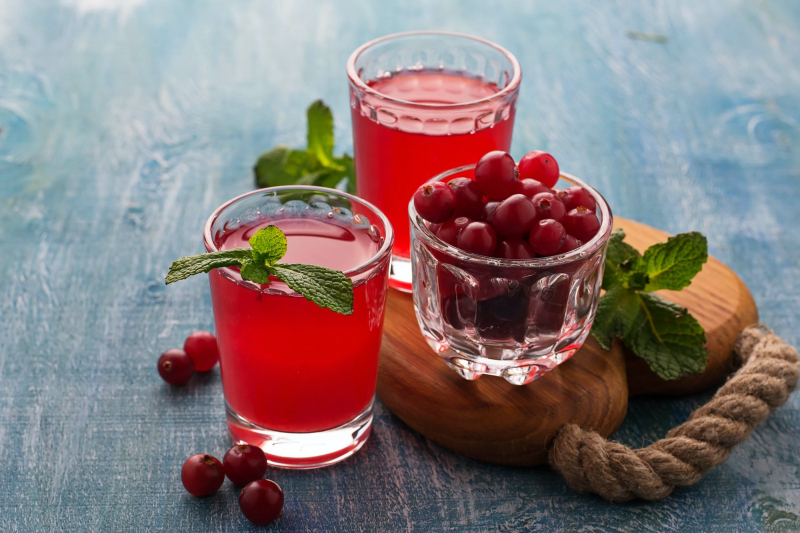
Cranberry Juice -
Ginger ale is a carbonated beverage flavored with the spice ginger. Other components that are frequently used in it are cane sugar, lemon, and lime.
White wine can be substituted with ginger ale in cooking because of their similar acidity and sweet taste. White wine and ginger ale can be substituted side by side. Ginger ale is a fantastic meat tenderizer because of its acidity, which breaks down the proteins in the meat to make it softer and easier to chew. Bear in mind that white wine and ginger ale have different flavors. Despite the fact that they both have similar dry and sweet tastes, ginger ale should only be used in recipes that will work well with a slight ginger flavor.
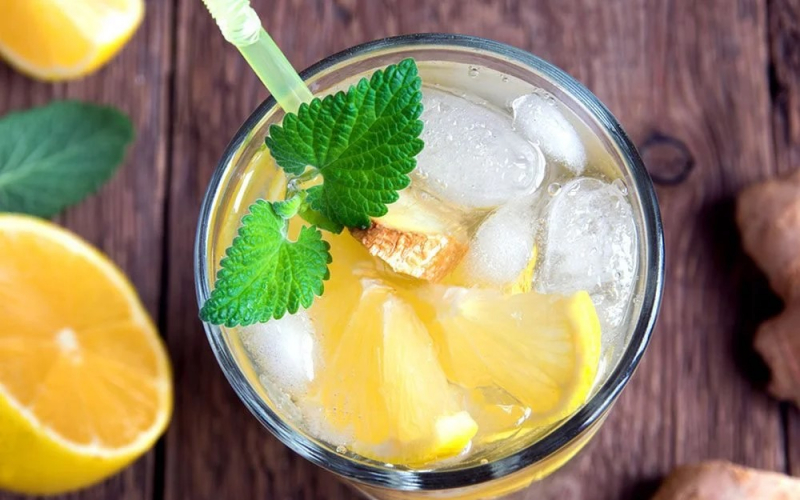
Ginger Ale 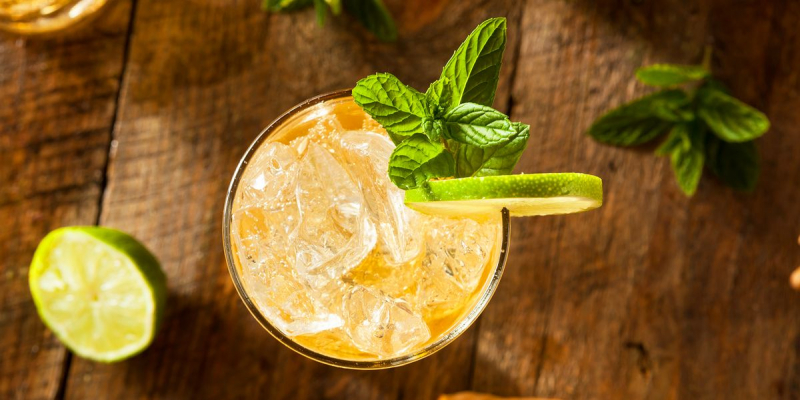
Ginger Ale -
Another beverage with a rich flavor profile and a great non-alcoholic replacement for wine is grape juice. You may use grape juice 1:1 for wine in recipes since the two beverages' flavors and colors are almost similar.
Naturally, white grape juice should be used in place of white wine, and red grape juice in place of red wine. A little vinegar can be added to grape juice to reduce the sweetness while boosting the acidity and tartness. Vinegar and grape juice also makes a fantastic marinade for meat or vegetables. Grape juice is not only good for cooking, but it also contains many polyphenol antioxidants. These have been researched for their ability to improve immune health and may lessen some risk factors for heart disease, such as high blood pressure.

Red or White Grape Juice 
Red or White Grape Juice -
Stocks or broths made from chicken, beef, or vegetables are liquids that serve as the base for a variety of foods, such as soups and sauces. Animal bones, meat, seafood, or vegetables are cooked in the water to make stock. The flavor of stock is frequently enhanced by the addition of spices, herbs, and vegetable scraps, and it is often used to simmer and tenderize meat.
Stock serves a similar purpose in cooking as wine, making it a great non-alcoholic alternative. Red wine can be most effectively replaced with beef broth since it has a deeper color and taste. However, white wine can be replaced with chicken and vegetable broths. You may substitute stock for wine in a recipe at an equal ratio, depending on the flavor you want. In contrast to wine, stock has a milder flavor and is savory as well as much less acidic. It is helpful to add one tablespoon of vinegar for every cup of liquid in a recipe if you want to add more flavor or tenderize the meat.
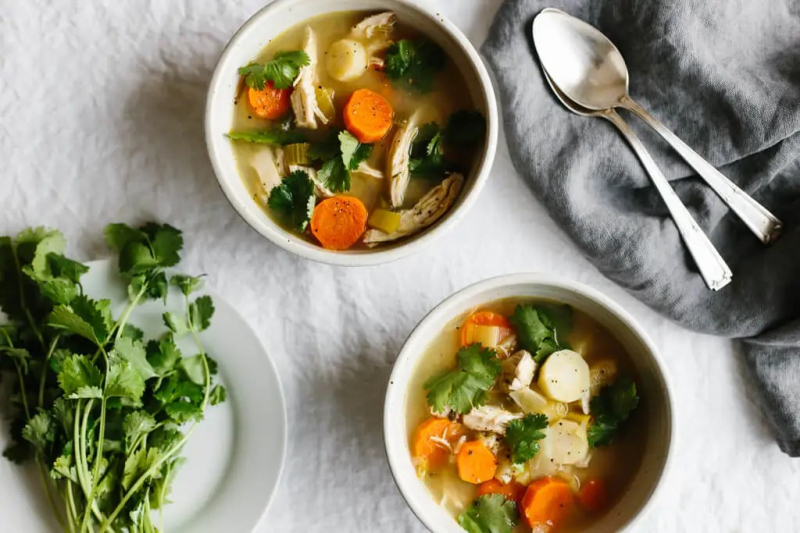
Chicken, Beef or Vegetable Stock 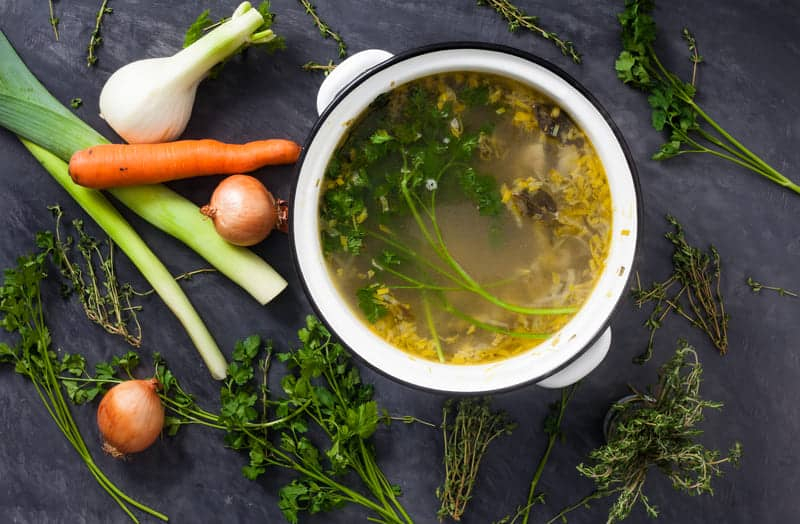
Chicken, Beef or Vegetable Stock -
Apple juice is made by macerating and pressing apples. Macerating is the process of softening the apple in some sort of liquid – most often simply water. They are boiled to help break down the flesh of the apple, mashed, and then strained.
Apple juice goes well with many different dishes. Apple juice is a great non-alcoholic replacement for white wine in cooking due to its sweetness and light color. In recipes, apple juice can be used in place of white wine in a 1:1 ratio. It is important to note that when a recipe asks for a small amount of wine, apple juice works best as a substitute. If you don't, you might not get the flavor you were going for. Similar to other beverages, you may add some vinegar to apple juice to increase the recipe's acidity and flavor. Apple juice is a great ingredient to include in sauces that are used to marinate lighter dishes.
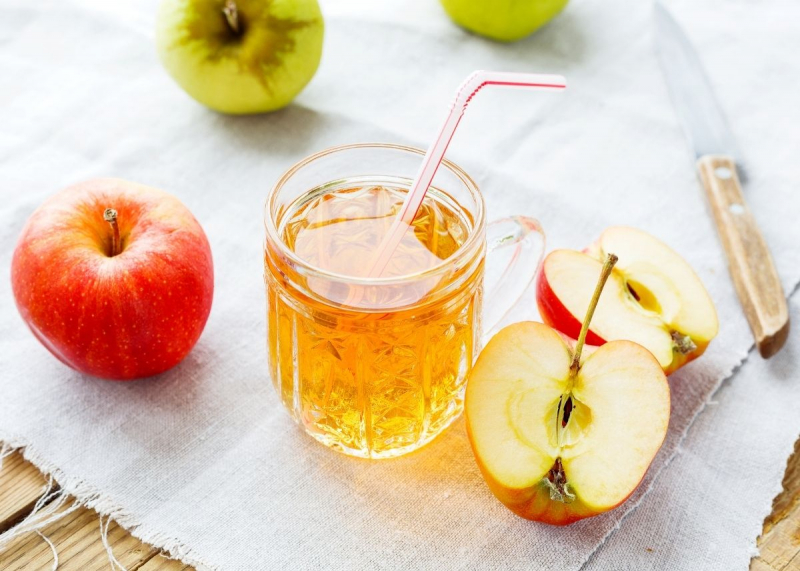
Apple Juice 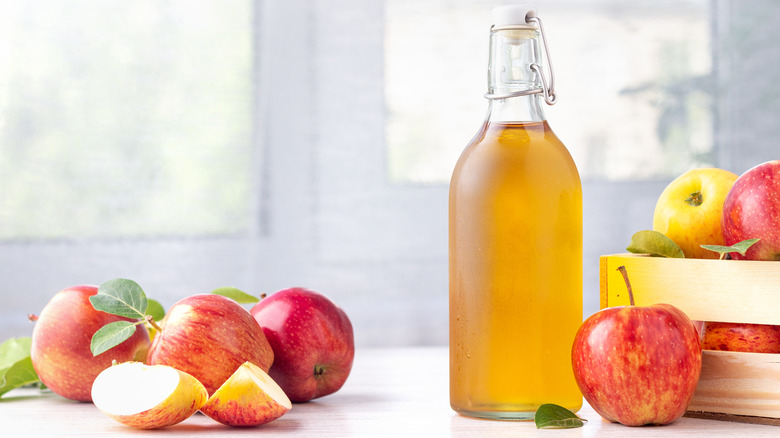
Apple Juice -
Lemon juice has a tart flavor and is an important factor in numerous dishes. If you want to get a tangy taste, adding lemon juice to foods is a great way to boost flavor. Due to its acidity, lemon juice can be added to marinades to help in the tenderization of meat.
You may substitute lemon juice for white wine in cooking because of their similar functions. Lemon juice is quite tart, therefore it shouldn't be used in place of white wine on an equal basis to prevent the flavor of your food from being overpowered. Lemon juice should be diluted with equal parts of water before being used in recipes. For instance, you should substitute half a cup of lemon juice with half a cup of water when a recipe asks for one cup of white wine. Lemon juice is a nutrient-rich beverage. 94% of your daily requirements for vitamin C are met in only half a cup, along with some potassium, B vitamins, vitamin E, and magnesium.
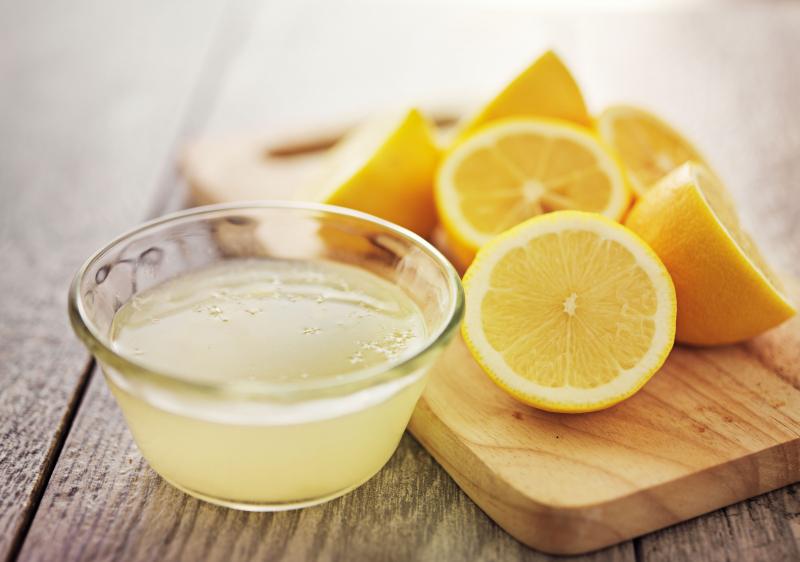
Lemon Juice 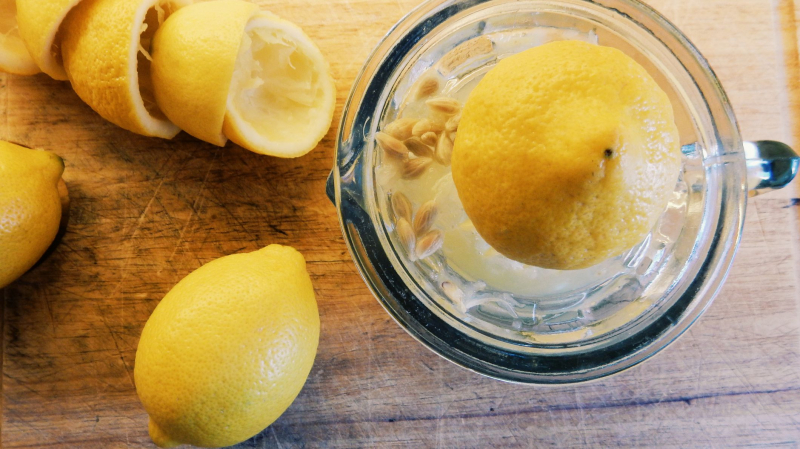
Lemon Juice -
When canned, mushrooms are mixed with a liquid that partially absorbs their flavor. The liquid from canned mushrooms can be used as a non-alcoholic alternative to red wine in recipes. It is advised to use the liquid in savory dishes as mushrooms have a savory taste.
Mixing the liquid from the canned mushroom with grape, pomegranate, or cranberry juice may be useful if you're going for a sweeter flavor in a dish. For example, if a recipe asks for two cups of red wine, you might use one cup of canned mushroom liquid and one cup of cranberry juice in its stead. Be careful that canned mushrooms and their liquid may contain a lot of sodium. Make careful to use low-sodium canned mushrooms if you want to keep the sodium content of your recipes under control.
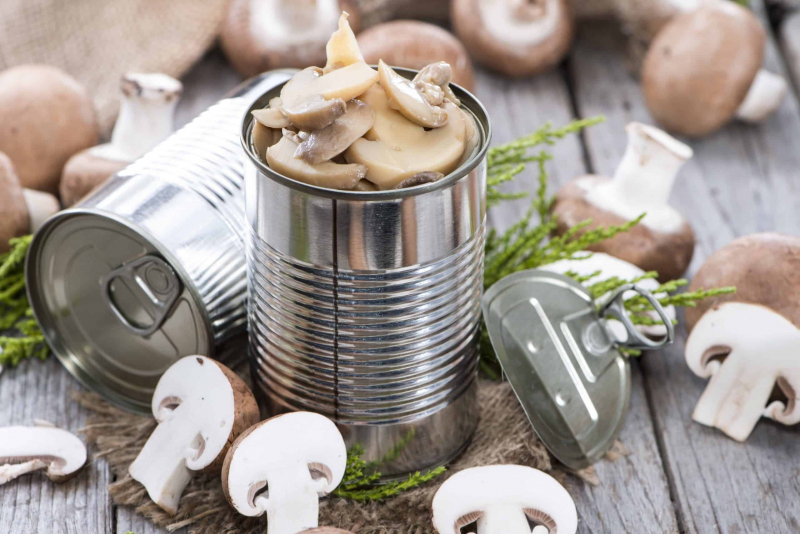
Liquid From Canned Mushrooms 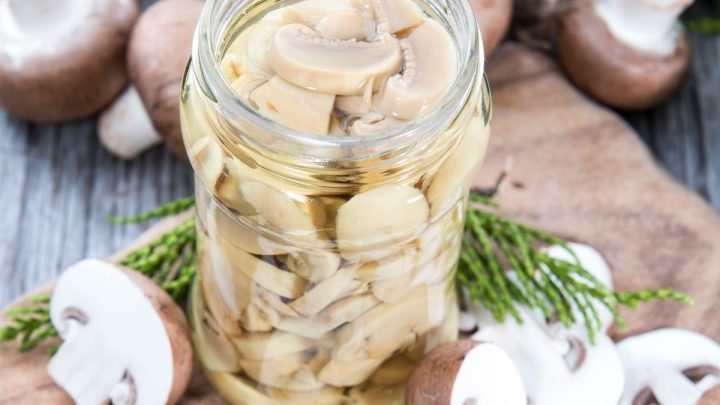
Liquid From Canned Mushrooms -
Acidic and slightly bitter flavors can be found in tomato juice. It is included in a variety of recipes to enhance flavor profiles. Because tomato juice has a comparable acidity and color to red wine, you can use it in cooking in place of it.
Tomato juice can be used in a 1:1 ratio in place of red wine, depending on the flavor you're going for. Since tomato juice is bitter on its own, combining it with fruit juice can help sweeten a recipe. It functions well in recipes that require marinating. To ensure you are reaching the ideal flavor when cooking with tomato juice, taste test to see how it compares to wine. Tomato juice is not only a great cooking ingredient, but it is also nutritious. One cup (237 ml) contains more than 20 distinct nutrients, including 22% and 74% of your recommended daily intakes of vitamin A and C, respectively. The antioxidant lycopene, which has been studied for its potential to lower the risk of heart disease and some types of cancer is also abundant in it.
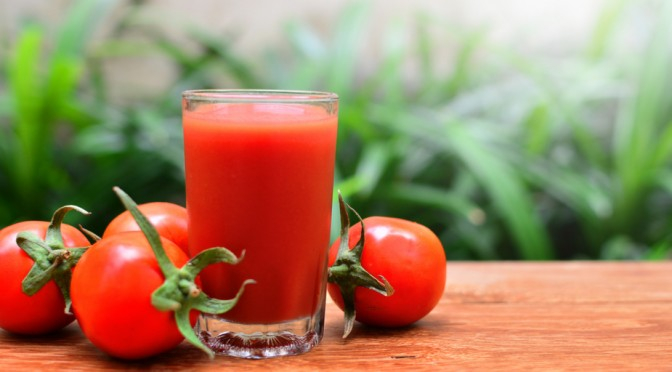
Tomato Juice 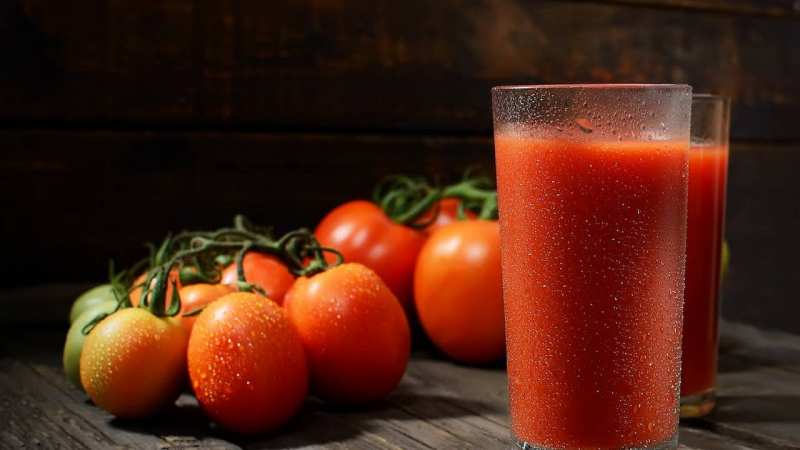
Tomato Juice

















